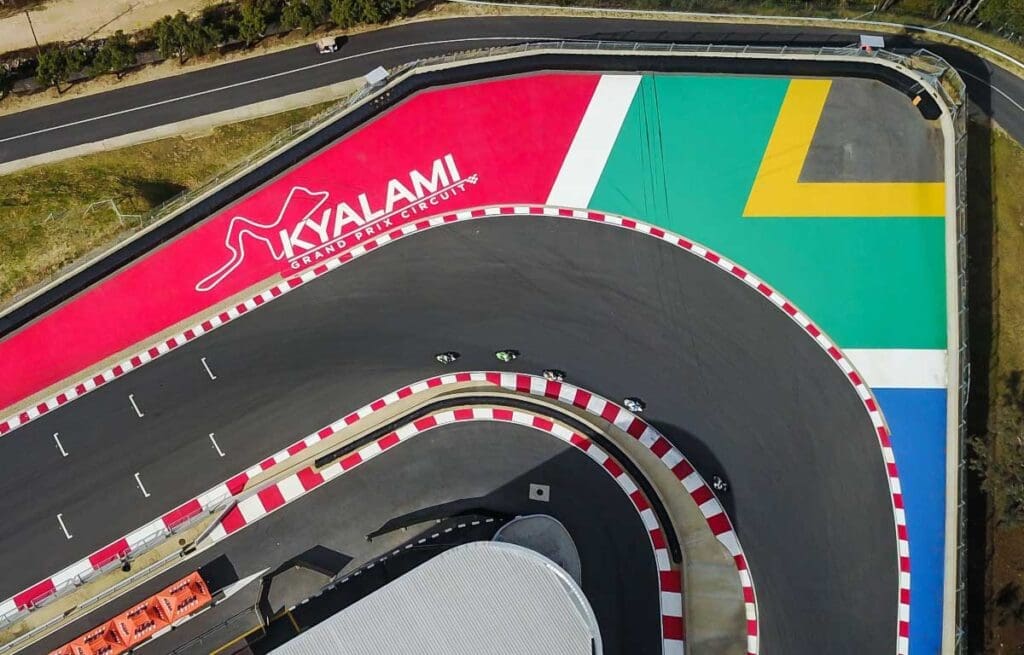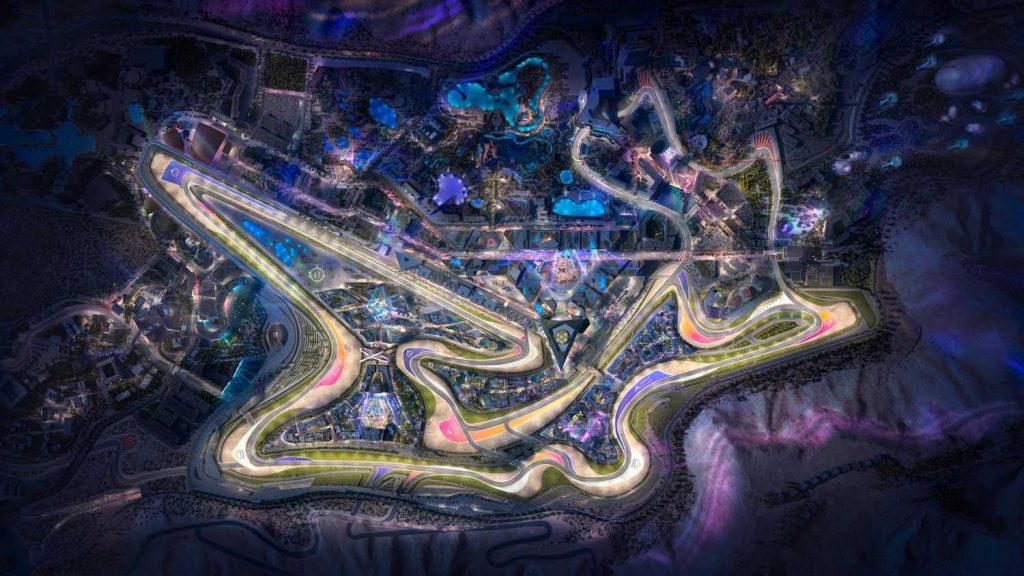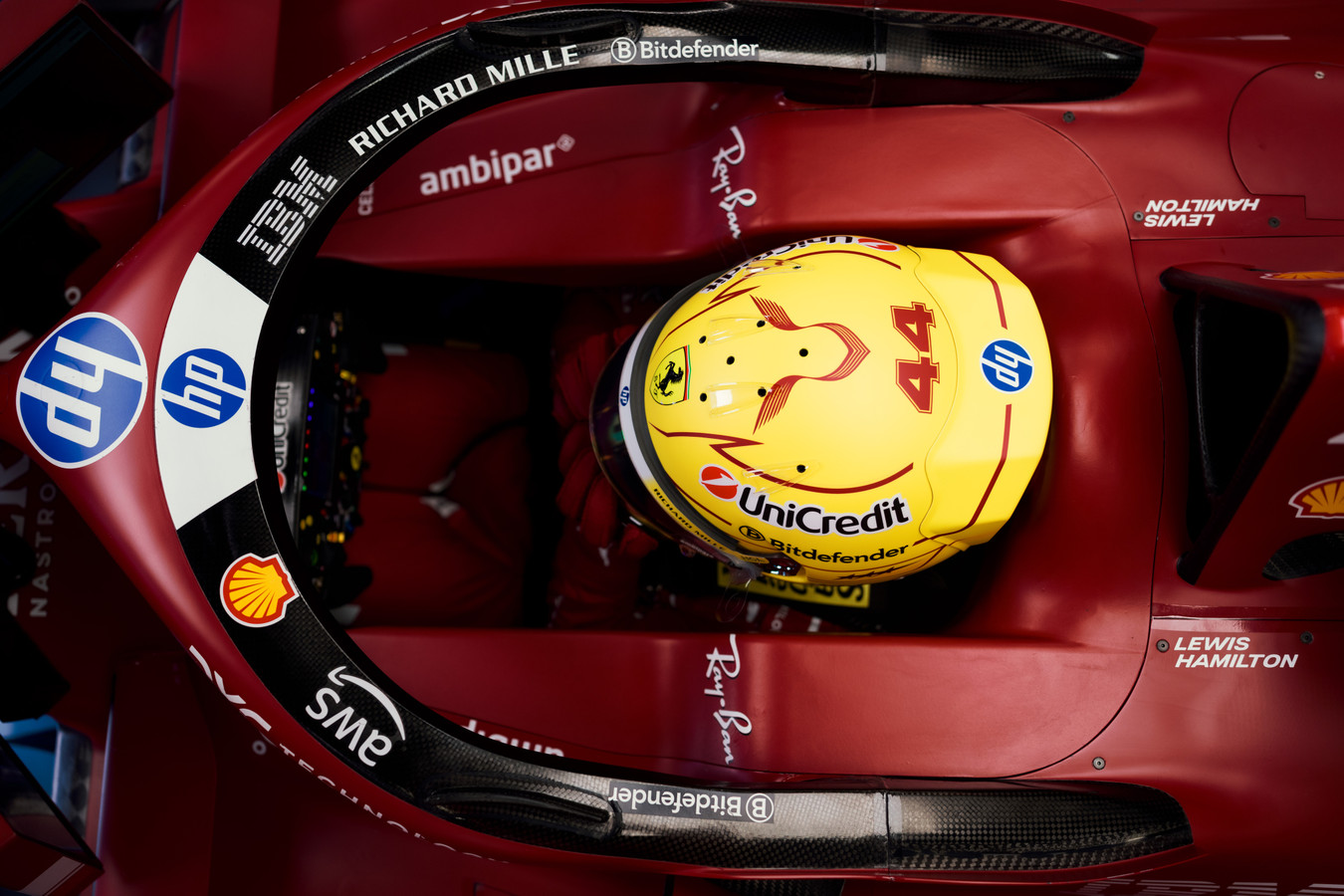The growing demand from many countries to have a Grand Prix on the calendar could disrupt Formula 1 in the coming years.
Formula 1, in terms of the appeal and spectacle of its product, is experiencing a period of flourishing expansion and global interest. The latest data published by Liberty Media, regarding the revenue of each individual team and the entire Circus, showed exponential growth for the entire structure surrounding Formula 1, with sold-out events every weekend in every corner of the globe confirming this trend.

In recent days, the official announcement has been made of an agreement between F1 CEO Stefano Domenicali and the Thai government for the design and execution of a Grand Prix in Bangkok starting in 2028. This preliminary agreement will allow Thailand to enter the calendar for the first time in its history, following the example of a major event like Singapore.
Stefano Domenicali’s arrival at the top of F1 has brought a breath of fresh air and novelty to the world’s most followed motorsport, and the innovations are far from over. The former CEO of Lamborghini, when questioned about the possibility of new circuits, responded with the following: “We will soon have news to share about the possibility of rotating some European Grands Prix and other new options coming later. We believe that the current balance of 24 races is the right one. Every new proposal gives us the opportunity to make better choices for the future, balancing the economic benefits and strategic importance of each market.”
The growing demand from many countries, combined with their economic capacities, could further reduce the number of Grands Prix in the Old Continent, which would then rotate on a rotating basis. But, to get into the details: which countries could soon join the Formula 1 calendar?
In pole position is definitely Africa, which, unless there are dramatic twists, should return to Formula 1 more than 30 years after its last appearance (Kyalami 1993). The only question remaining is the location, as there are two countries in the running: South Africa and Rwanda. The former has the option to choose between two circuits, one of which already exists (Kyalami itself), and another that could be built in Cape Town. The feeling is that the government is focusing on the Kyalami circuit, which recently obtained first-level FIA certification and could enter the calendar as soon as next year. It’s more difficult for Formula 1 to land in Rwanda, a country currently facing significant political challenges with a complete absence of democracy.
Starting from 2028, Saudi Arabia will introduce a new circuit, which, according to the first videos released on social media, will be both historic and futuristic, with the first corner located 70 meters above the ground. The track will be built in Qiddiya and will replace the current Jeddah circuit. However, there’s no official confirmation on this yet, as the Saudi state intends to bring two Grands Prix to the calendar, and their economic capacity is certainly not an issue.

Liberty Media’s interest is mainly focused on the United States, which already hosts three circuits on the calendar: Miami, Las Vegas, and Austin. The idea of a fourth race in the US is very appealing to F1’s top executives, who are considering New York or Chicago in a similar fashion to what’s happening in Las Vegas: a city circuit that cuts through the metropolis, ensuring billions in revenue for an event of that scale. Currently, there are no concrete projects or proposals, but something is definitely moving.
In fact, there is something—more than something—going on in Argentina, which, with the arrival of Franco Colapinto, has rediscovered significant interest in Formula 1. In 2024, formal meetings took place between the organizers of a potential Grand Prix in Buenos Aires and Stefano Domenicali, to assess the feasibility of the project and its realization. The sense is that Colapinto’s return to the track (possibly already at Imola) could encourage Formula 1 to look toward South America.
